For centuries, people have enjoyed sauerkraut, a beloved staple in German cuisine. This tangy, fermented cabbage dish packs gut-healthy probiotics and nutrients and is also delicious.
Making sauerkraut at home can be a rewarding and delicious experience, even though it is easily found in grocery stores. However, fermenting cabbage can be intimidating for those who have never tried it. That’s where this guide comes in.
We’ll look at how to ferment traditional German sauerkraut in the comfort of your own kitchen. From selecting the right type of cabbage and salt to mastering the fermentation process, we’ll cover everything you need to know to create a delicious and authentic sauerkraut.
Whether you’re a seasoned fermentation enthusiast or a beginner, this guide will provide the tools and knowledge to ferment sauerkraut at home.
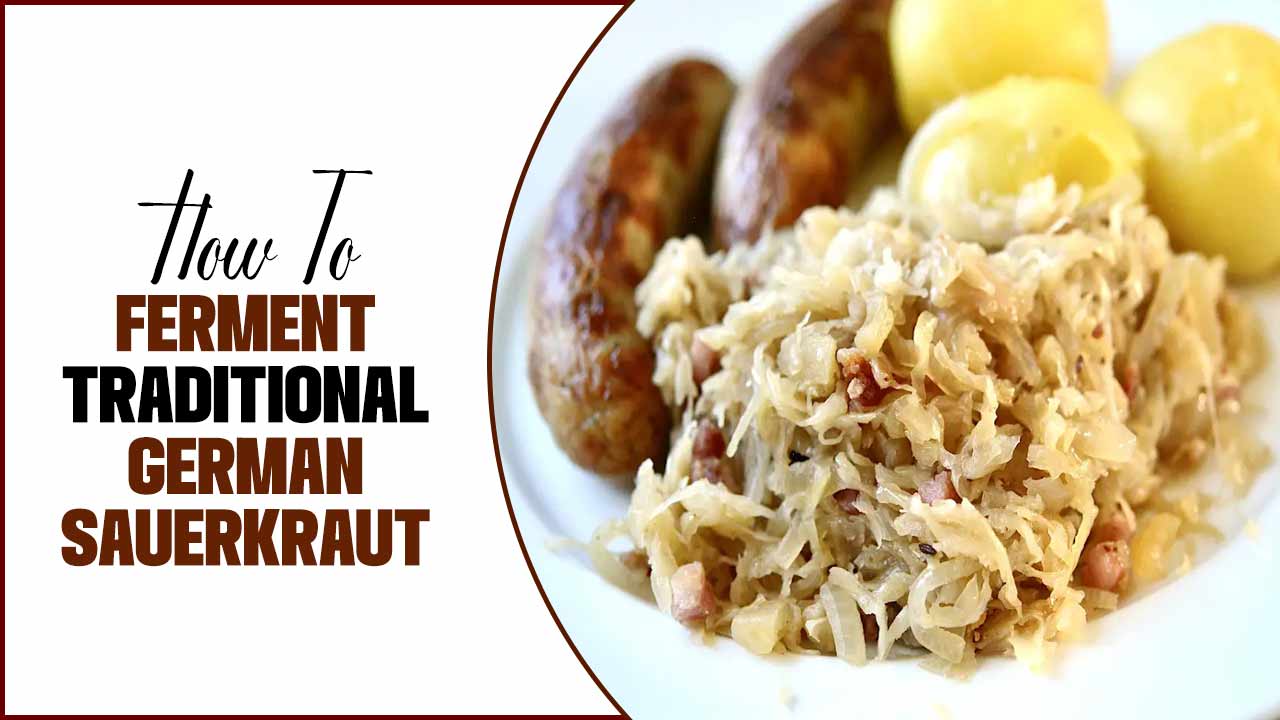
What Is Sauerkraut?
People have enjoyed sauerkraut, a traditional German dish, for centuries. Fermenting cabbage produces a tangy and slightly sour flavour. The fermentation process involves the natural bacteria on the cabbage breaking down the sugars and converting them into lactic acid.
This not only gives sauerkraut its distinctive taste but also helps to preserve it. Sauerkraut is often used as a condiment or side dish and can be enjoyed on its own or added to a variety of dishes such as hot dogs, sandwiches, or even salads.
It is rich in vitamins, minerals, and probiotics that are beneficial for gut health. So whether you want to add a tangy flavour to your meals or boost your digestive health, sauerkraut is worth trying.
How To Ferment Traditional German Sauerkraut Omas Easy
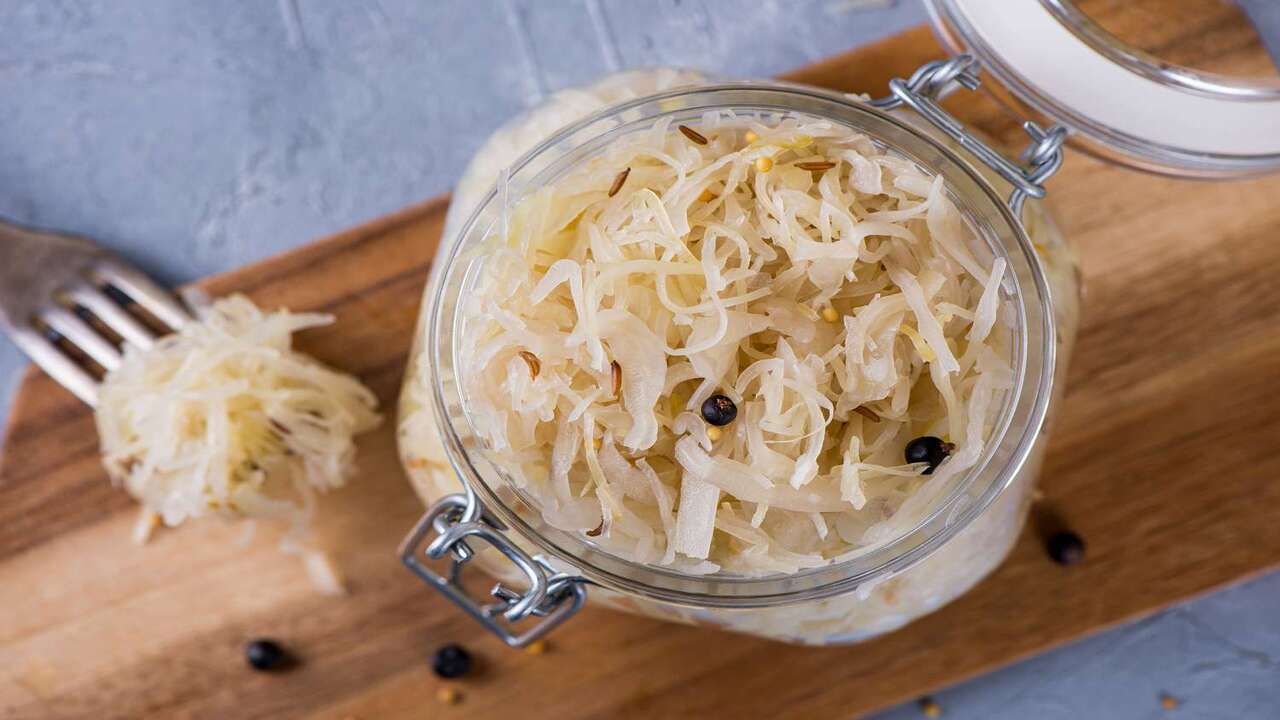
Fermenting traditional German sauerkraut is a simple and delicious way to preserve cabbage and enjoy its tangy flavour. To ferment your own sauerkraut, you will need cabbage, salt, and time. Oma’s easy recipe requires just a few ingredients and some patience. How to Ferment Traditional German Sauerkraut Here’s to do it :
1. Choosing Cabbage Varieties For Fermenting
When fermenting traditional German sauerkraut, choosing the right cabbage variety is crucial. The flavour and texture of your sauerkraut largely depend on this choice. While white or green cabbage is commonly preferred for its crisp texture and mild flavour, you can also opt for red cabbage to add a different taste and vibrant colour to your sauerkraut.
Selecting fresh and firm cabbages without any signs of wilting or damage is essential. Many sauerkraut enthusiasts recommend using organic or locally grown cabbages for their superior flavour and potential health benefits.
By making the right cabbage selection, you can ensure that your homemade sauerkraut boasts the perfect balance of flavours and is teeming with beneficial probiotics.
2. Preparation And Cleaning Of
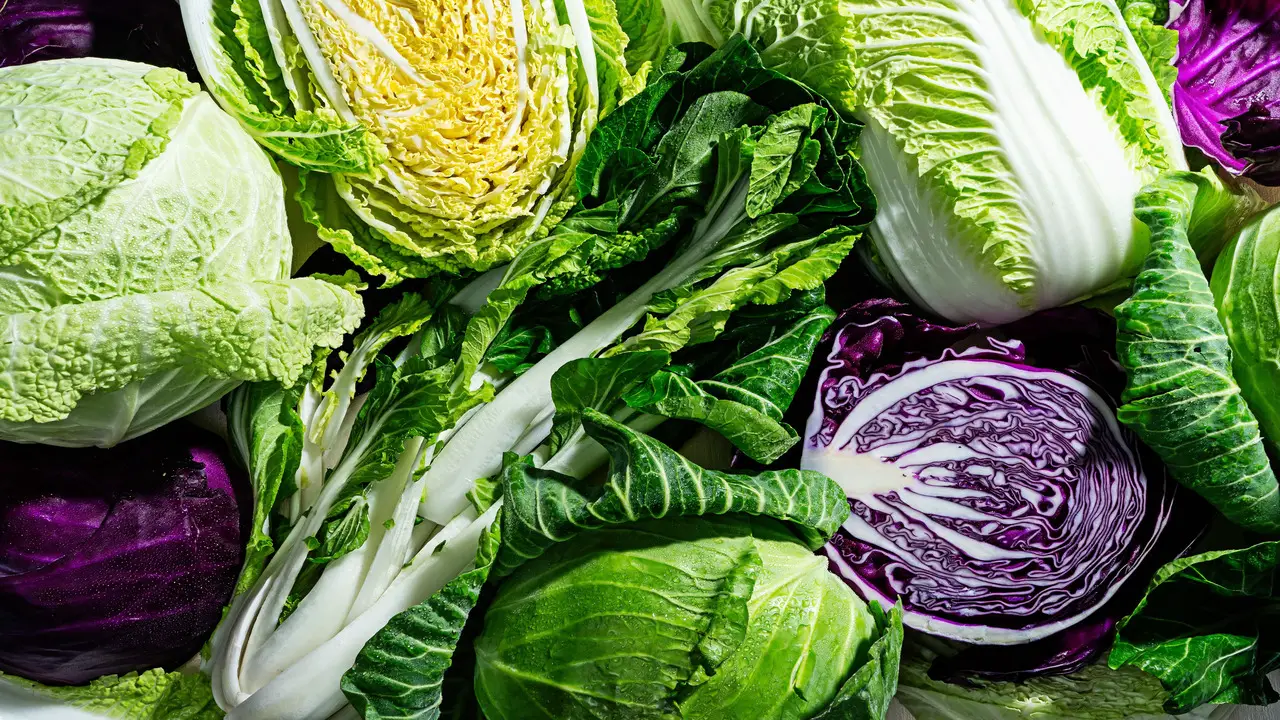
To prepare and clean cabbage for fermenting traditional German sauerkraut, begin by selecting fresh and firm cabbage heads. Remove the outer leaves and give the cabbage a thorough wash. Quarter the cabbage and remove the core. Use a knife or mandolin to thinly slice the cabbage.
In a large bowl, place the sliced cabbage and sprinkle it with salt. Massage the salt into the cabbage, gently squeezing it to release the natural juices. This step is vital in allowing the fermentation process to take place successfully.
3. Salt And Brine Ratios
When fermenting traditional German sauerkraut, paying attention to the salt and brine ratios is important. The salt helps to create a favourable environment for the fermentation process by inhibiting the growth of harmful bacteria while allowing beneficial bacteria to thrive.
The general rule of thumb is to use about 2-3% salt by the weight of your cabbage. This means you will need 10-15 grams of salt for every pound of cabbage. Additionally, you will need enough brine to cover your cabbage in the fermentation vessel fully.
A good ratio is 1 tablespoon of salt per 2 cups of water. Following these ratios ensures that your sauerkraut ferments properly and develops this traditional German dish’s tangy flavour and probiotic benefits.
4. Fermentation Containers And Equipment
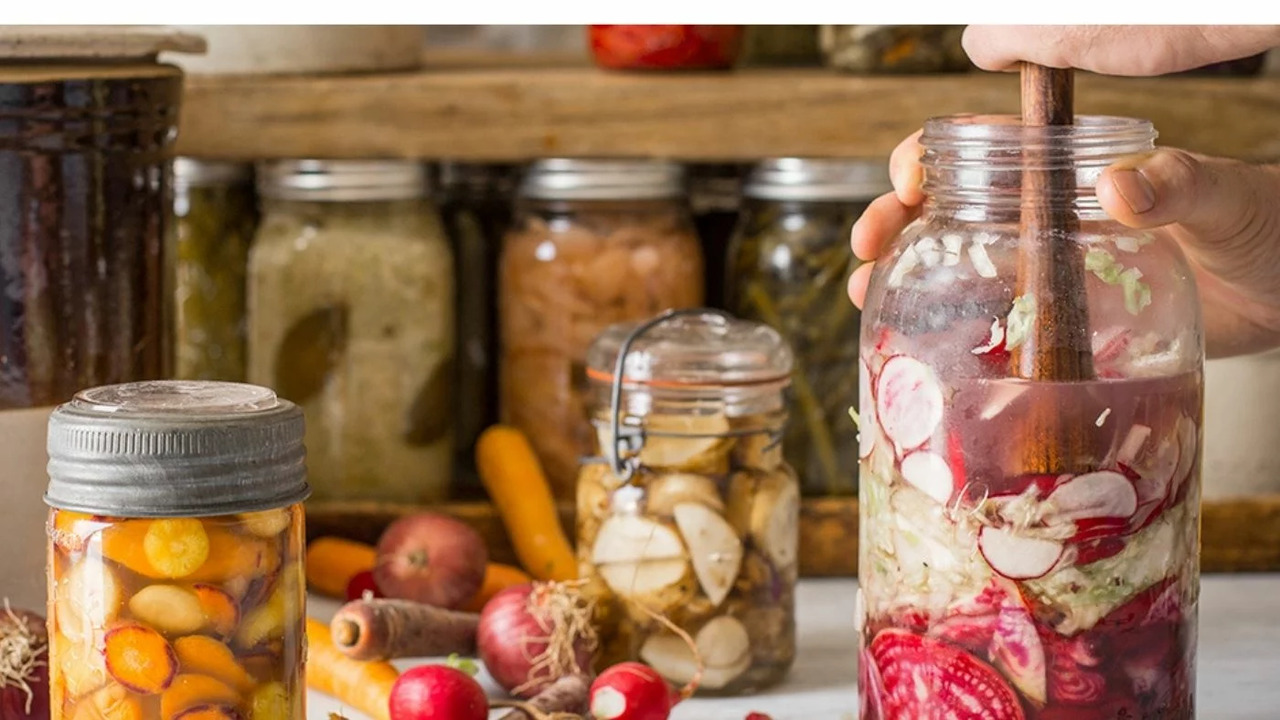
To ferment traditional German sauerkraut, it’s essential to select the right fermentation containers and equipment carefully. Opt for food-grade glass, ceramic, or stainless steel containers to ensure optimal results.
Avoid plastic or metal containers as these materials can react with the sauerkraut’s acidic environment. Look for containers with tight-fitting lids to create the necessary anaerobic conditions for fermentation.
Additionally, use weights or fermentation stones to keep the shredded cabbage fully submerged in its own juices throughout the fermentation process. A cabbage shredder or mandoline and a wooden tamper can greatly assist in preparing and packing the cabbage for fermentation.
5. Managing The Fermentation Process
Managing the fermentation process is crucial for making traditional German sauerkraut. Fermentation is a natural process that occurs when bacteria convert sugars into lactic acid, creating the tangy and sour flavour of sauerkraut.
Creating the right conditions for beneficial bacteria to thrive is important to ensure successful fermentation. This involves using fresh and organic cabbage, shredding it finely to release its natural sugars, and adding the right amount of salt for preservation and flavour.
The cabbage should be tightly packed in a fermentation vessel, such as a glass jar or crock, and left at room temperature for several days to allow the fermentation process. It is essential to monitor the fermentation process closely, checking for any signs of spoilage or mould growth.
By carefully managing the fermentation process, you can achieve delicious and authentic German sauerkraut that will add a tangy kick to your favourite dishes.
6. Variations And Flavor Additions To Traditional Sauerkraut

People can easily customize traditional German sauerkraut with variations and flavour additions to make it a beloved dish. While the classic recipe calls for just cabbage and salt, you can add your own twist to enhance the flavour profile.
Some popular variations include adding shredded carrots or apples for sweetness or incorporating spices like caraway seeds or juniper berries for a more aromatic taste.
You can also experiment with different types of cabbage, such as red cabbage or Napa cabbage, to create unique flavours and textures. The possibilities are endless when it comes to customizing your sauerkraut, so don’t be afraid to get creative in the kitchen.
7. Incorporating Fermented Sauerkraut Into Your Diet.
Discover the benefits of incorporating fermented sauerkraut into your diet. This age-old German dish adds a tangy kick to your meals and provides a healthy dose of beneficial probiotics.
By fermenting shredded cabbage with salt and allowing it to undergo a natural fermentation process, you can create your own sauerkraut at home. This homemade sauerkraut can be easily incorporated into various dishes, such as sausage and pork chops, or used as a condiment or snack.
With its rich lactic acid bacteria and vitamin C source, sauerkraut offers numerous health benefits, including improved digestion and immune support. Explore the flavours of traditional German sauerkraut and reap the rewards of this probiotic-packed delight.
8. Benefits Of Fermented Sauerkraut
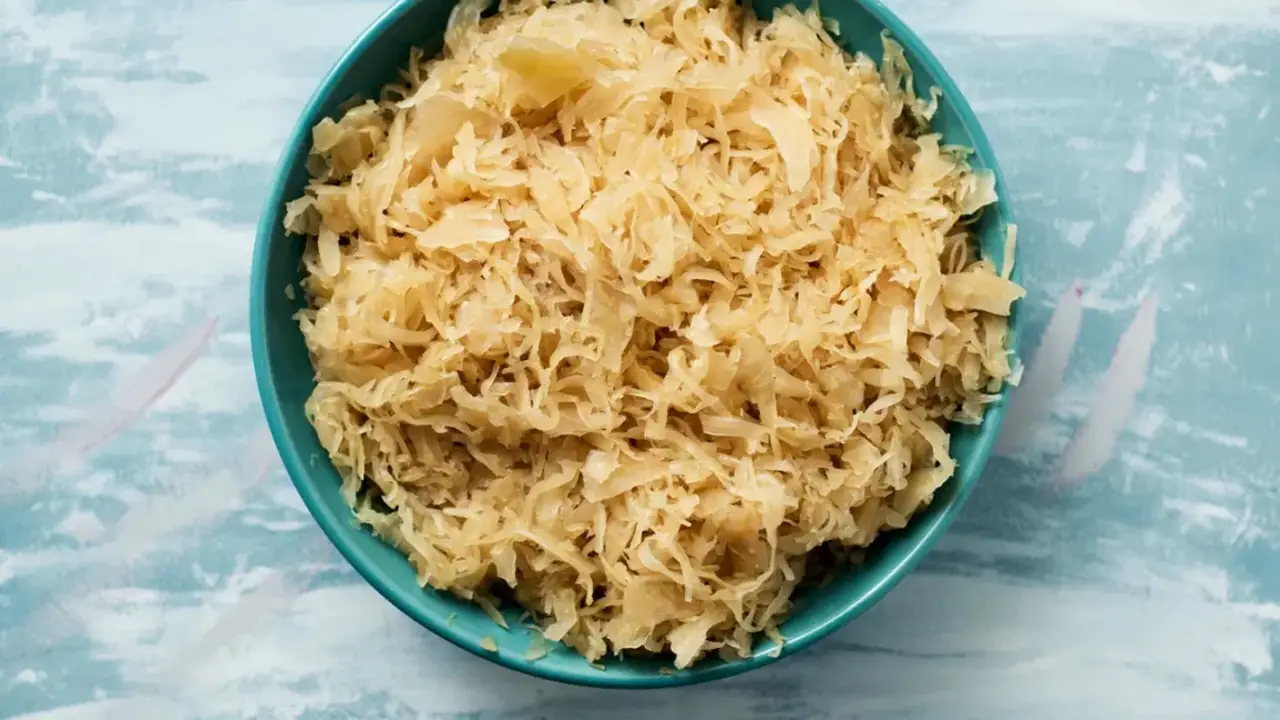
Fermented sauerkraut offers a multitude of benefits that make it a popular choice among health-conscious individuals. Firstly, the fermentation process enhances the nutritional value of sauerkraut by increasing its levels of vitamins and minerals, such as vitamins C and K, as well as beneficial bacteria known as probiotics.
These probiotics promote a healthy gut microbiome and can improve digestion and overall gut health. Additionally, fermented sauerkraut is rich in antioxidants, which help to combat inflammation and protect against chronic diseases.
Fermentation also breaks down the fibrous cabbage, making it easier to digest and allowing for better nutrient absorption. Incorporating fermented sauerkraut into your diet can support a healthy immune system, improve digestion, and improve overall well-being.+
Conclusion
How to Ferment Traditional German Sauerkraut? Fermenting sauerkraut is a simple and traditional process passed down through generations of German families. By following the steps outlined in this guide, you can create your own delicious and nutritious sauerkraut at home.
Fermenting your sauerkraut adds a unique flavour to your meals and provides numerous health benefits, such as aiding digestion and boosting the immune system.
With a little patience and practice, you’ll soon be able to master the art of sauerkraut fermentation and add a touch of German tradition to your culinary repertoire. With a little practice and a lot of love, you can create your own delicious and authentic sauerkraut that will impress even the most discerning palates.
Frequently Asked Questions
1.Is German-Style Sauerkraut Fermented?
Ans: Indeed, people ferment German-style sauerkraut. The fermentation process gives it a tangy flavour and extends its shelf life. To make German sauerkraut, shred cabbage, add salt, and leave it to ferment in its own juices for several weeks to allow beneficial bacteria to develop.
2.What’s The Difference Between German Sauerkraut And Regular Sauerkraut?
Ans: German sauerkraut is made using cabbage, salt, and caraway seeds, while regular sauerkraut may have different ingredients and flavours. German sauerkraut has a distinct tangy and slightly sweet taste. The fermentation process and preparation methods can also vary between the two types of sauerkraut.
3.How Much Time Is Needed To Ferment The Cabbage For Sauerkraut Traditionally?
Ans: Traditionally, sauerkraut is fermented for a minimum of 3 to 4 weeks. However, temperature and personal preference for taste can influence the fermentation time. The suggestion is to periodically taste the sauerkraut to achieve the desired level of tanginess. Well-fermented sauerkraut should have a pleasantly sour flavour and a crunchy texture.
4.What Do Germans Have Sauerkraut With?
Ans: Germans enjoy sauerkraut as a side dish with meat dishes such as sausages, pork chops, and roasted meats. People commonly serve it with traditional German dishes like schnitzel and bratwurst. Sauerkraut can be eaten independently, used as a sandwich or hot dog topping, and even added to soups or stews for extra flavour.
5.What Ingredients Do I Need To Make Traditional German Sauerkraut?
Ans: To make traditional German sauerkraut, you’ll need fresh cabbage (white or green), salt for fermentation, and optional caraway seeds. Use a large container or fermentation crock to ferment and preserve the cabbage properly.

I’m a writer and blogger who loves to talk about entertainment, culture, and relationships. I love to share my thoughts and insights on these topics, and I’m always looking for new ways to engage with my readers. I’m also a big fan of learning new things, so I’m always exploring new areas of interest.
